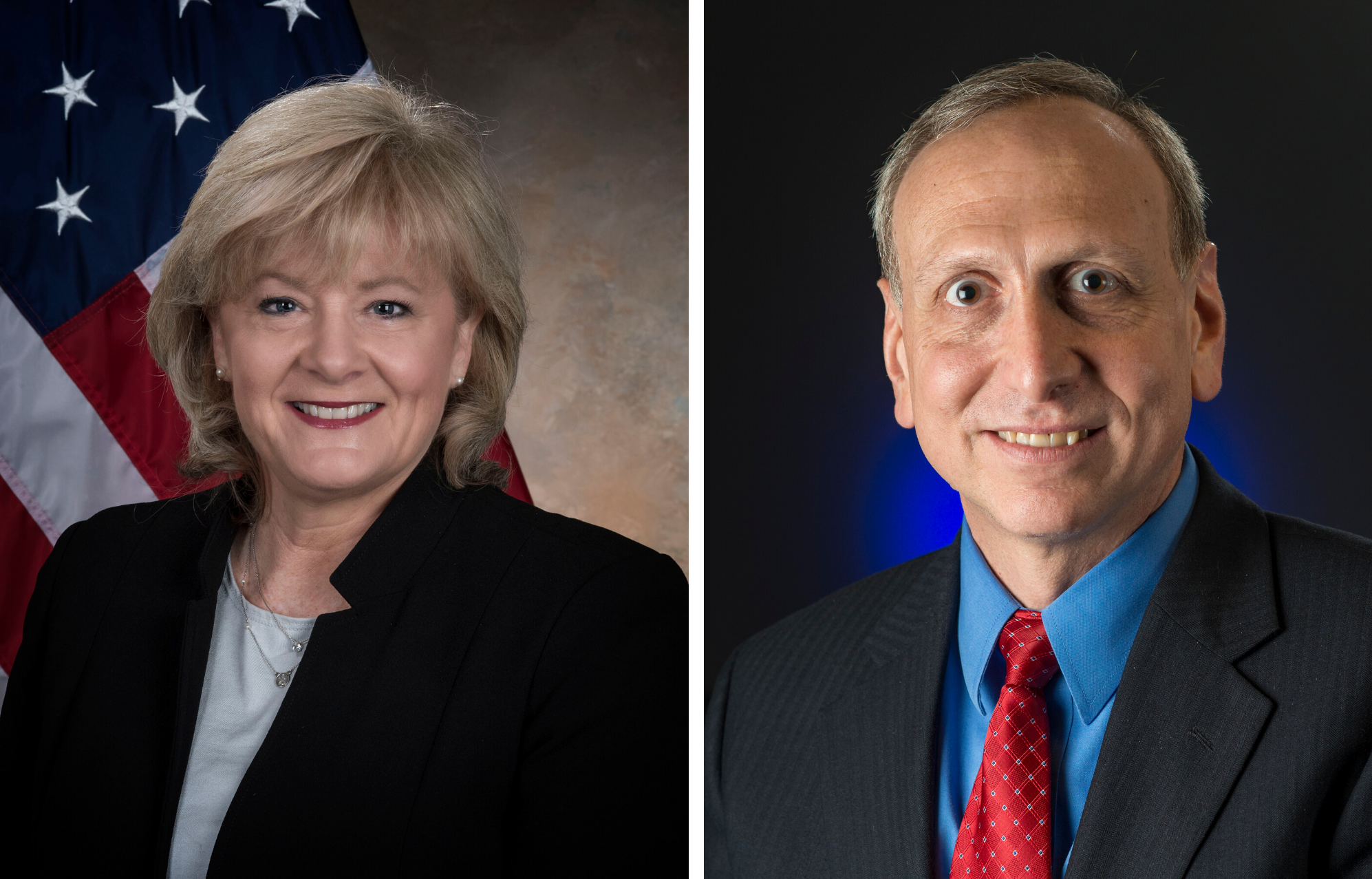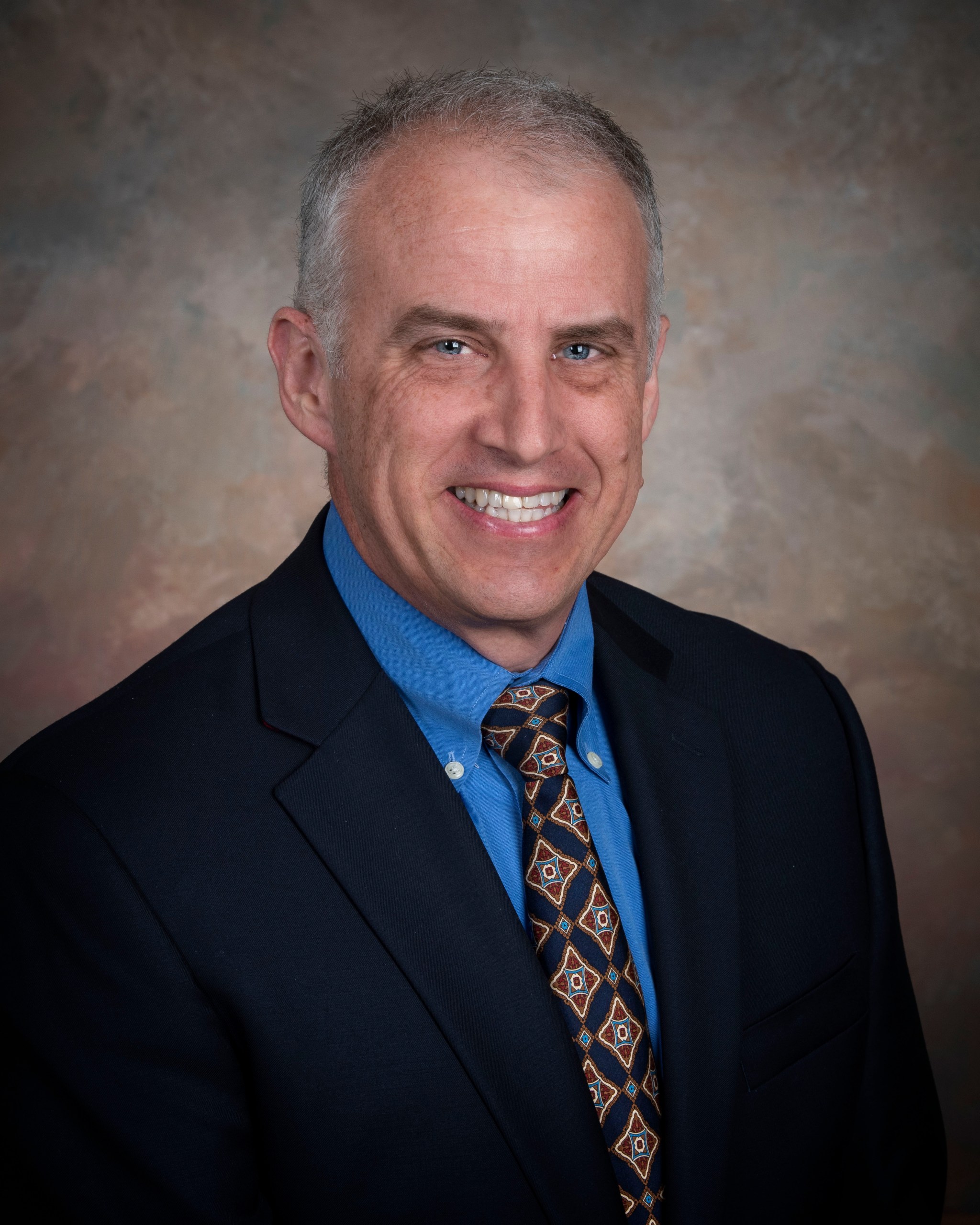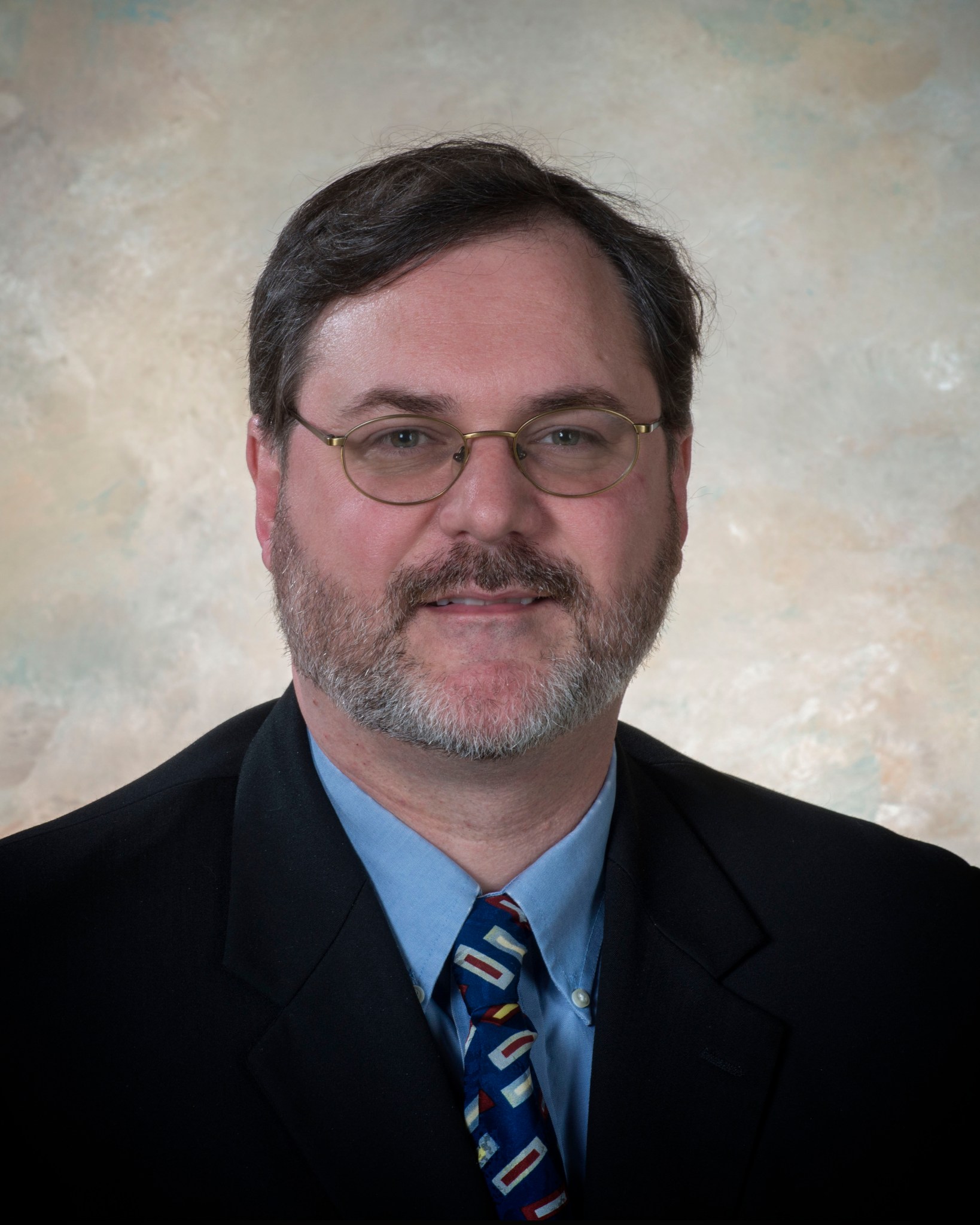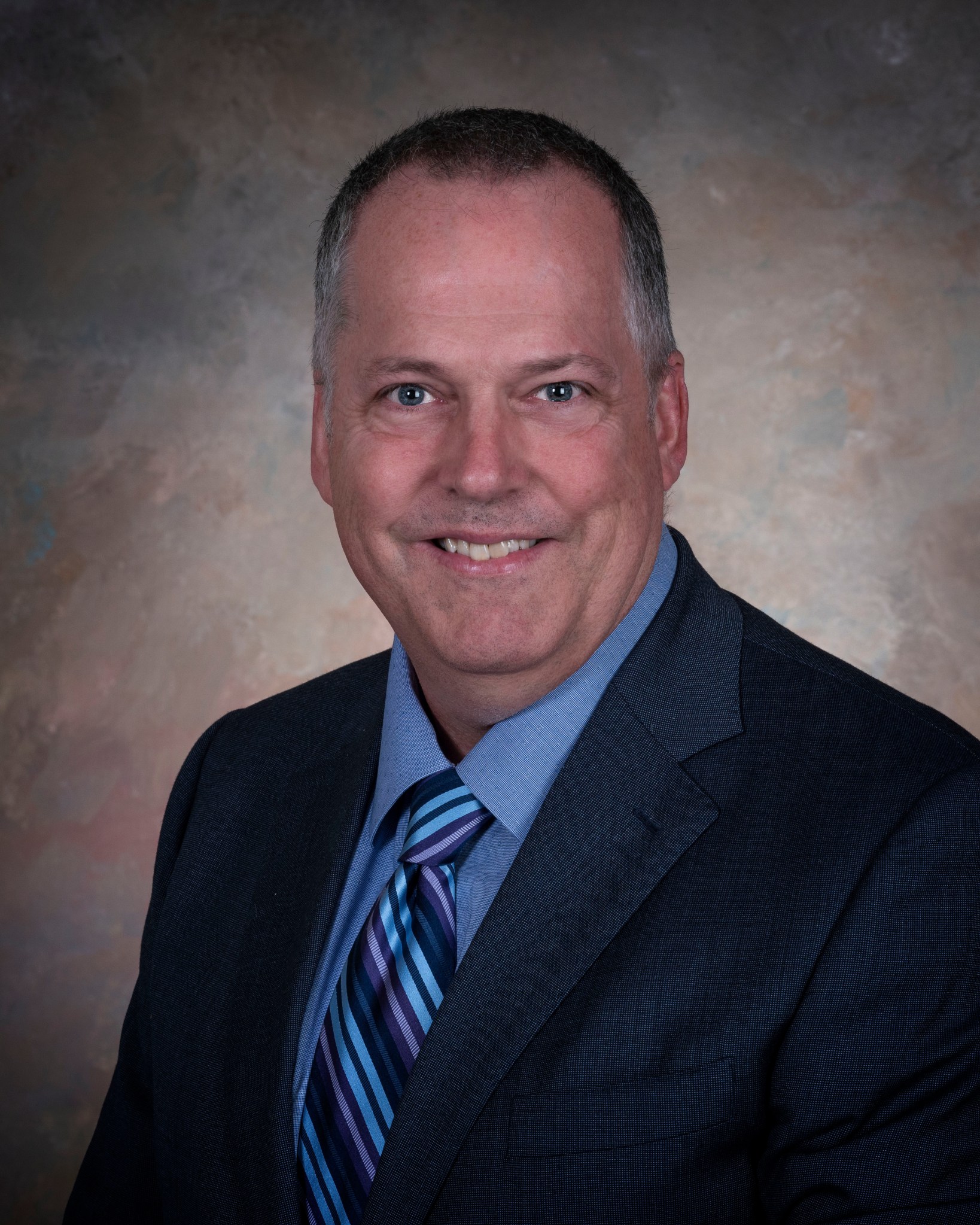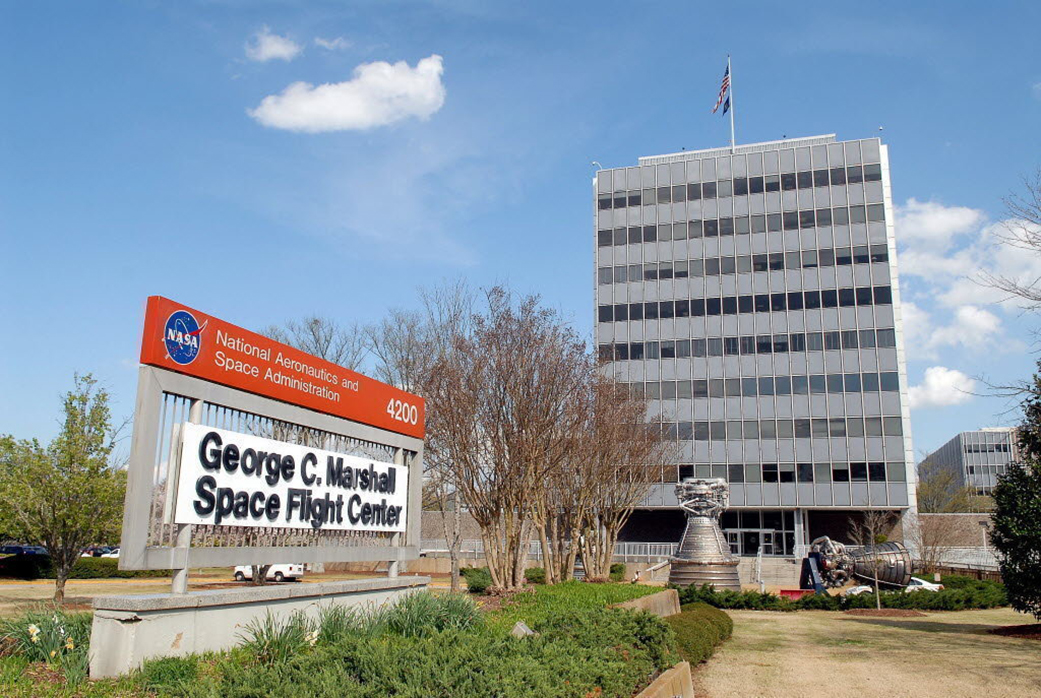In This Week’s Star
- Marshall Director Singer, NASA Associate Administrator Jurczyk to Discuss Artemis Program, FY 2021 Budget at Town Hall
- Cooper Appointed Director of Materials and Processes Laboratory in Marshall’s Engineering Directorate
- Crisler Named Chief Safety Officer for Human Landing System Program
- Miller Named SLS Lead Engineer for Systems Engineering and Integration
- Rocket Science in 60 Seconds: What Has NASA Learned from Building the First SLS Rocket Core Stage?
- Marshall Honors Fallen Heroes’ ‘Drive to Discover’ on Day of Remembrance
- Chandra Helps Showcase Stellar Explosions in New 3D Visualizations
- Marshall Club Day Showcases Center Extracurricular Activities Feb. 11
- NASA, Lego Collaborate to Deliver International Space Station Builder Set
- This Week in NASA History: STS-122 Launches to Space Station – Feb. 7, 2008
Marshall Director Singer, NASA Associate Administrator Jurczyk to Discuss Artemis Program, FY 2021 Budget at Town Hall
Team members at NASA’s Marshall Space Flight Center are invited to view NASA Administrator Jim Bridenstine’s update on NASA’s Artemis program in Morris Auditorium at noon Feb. 10.
Bridenstine’s address will originate from NASA’s Stennis Space Center. His remarks will follow the delivery of President Donald Trump’s fiscal year 2021 budget proposal to Congress.
Immediately following the administrator’s address, Marshall Director Jody Singer and NASA Associate Administrator Steve Jurczyk will discuss the proposed budget’s significance to Marshall and take questions from the team during a town hall meeting in Morris.
Questions may be submitted during the event by:
- Going to https://www.nasa.gov/townhall
- Clicking on Marshall Space Flight Center
- Clicking “+ Ask” or, if your question is already on the list, vote it up the list by clicking the arrow on the left
The administrator’s address and the Marshall town hall meeting will be streamed live on MSFC TV for team members who are unable to attend.
Cooper Appointed Director of Materials and Processes Laboratory in Marshall’s Engineering Directorate
Mark Cooper has been appointed to the Senior Executive Service position of director of the Materials and Processes Laboratory in the Engineering Directorate at NASA’s Marshall Space Flight Center.
The Senior Executive Service is the personnel system covering most of the top managerial positions in federal agencies.
The Materials and Processes Laboratory provides science, technology and engineering support in materials, processes and products for use in space vehicle applications, including related ground facilities, test articles and support equipment. Cooper will oversee a workforce of science and engineering experts, as well as a number of research and development efforts in world-class facilities, including the National Center for Advanced Manufacturing at NASA’s Michoud Assembly Facility.
Before joining NASA, Cooper worked in private industry for 21 years at Thiokol Corporation, Hexcel Corporation and Rockwell International. He joined Marshall in 2007 as Solid Propulsion Systems integrated product team lead and, in 2008, became Solid Propulsion Systems lead for the Vehicle Maneuvering Systems team. From July to December 2009, Cooper was manager of the Orion solid propulsion system. For the next six years, he was chief of the Solid Propulsion Systems. Immediately prior to his new role, he was chief of the Propulsion Component Design and Development Division.
A native of Anniston, Alabama, Cooper received a bachelor’s degree in chemical engineering from the University of Alabama in 1985. He and his wife, Kathy, reside in Huntsville. They have two adult children, Emily and Andrew, and a daughter-in-law, Gaelyn.
Crisler Named Chief Safety Officer for Human Landing System Program
John Crisler has been appointed chief safety officer for the Human Landing System Program at NASA’s Marshall Space Flight Center, reporting to Marshall’s Safety and Mission Assurance Directorate. Crisler will be responsible for overseeing all changes, waivers, deviations and exceptions to safety requirements for the program, and will provide top-level program guidance on safety, reliability, maintainability and quality assurance processes and activities for each program phase, from design and development through mission operations and return to Earth.
The Human Landing System is an integral part of NASA’s Artemis Program, which will fly the first woman and next man to the Moon’s surface in 2024 and pursue a long-term human presence there. The goal is to deliver a robust lander capable of ferrying astronauts and cargo to and from the surface, yielding new science and material resources and leveraging the Moon as a proving ground for future missions to Mars.
Crisler has more than 30 years of experience in safety, quality and mission assurance in support of human spaceflight systems. Since 2014, he has been the chief safety officer for the Space Launch System booster element. From 2011 to 2014, he was the safety integration technical lead for the SLS Booster Element Office.
Crisler joined NASA in 2007 as the technical safety team lead for the first stages of the Ares I-X flight test vehicle and the Ares rocket. He was previously a contractor for Hernandez Engineering of Houston and Lockheed Martin in Huntsville, supporting Marshall’s Safety and Mission Assurance Directorate on the space shuttle reusable solid rocket booster and advanced solid rocket motor.
A native of Fayetteville, Tennessee, Crisler graduated from the University of Tennessee in Knoxville in 1990 with a bachelor’s degree in mechanical engineering. He has earned numerous honors, including a Silver Snoopy Award, a Space Flight Awareness Award and a Center Director’s Commendation.
Crisler and his wife Anne reside in Huntsville with their son Jace.
Miller Named SLS Lead Engineer for Systems Engineering and Integration
Edwin “Hank” Miller has been appointed lead engineer of Systems Engineering and Integration for NASA’s Space Launch System Program at NASA’s Marshall Space Flight Center. He will oversee the development of the vehicle system integrated design products as well as the integration of engineering efforts at the element and system levels with lead systems and discipline engineers.
Miller had served as the deputy manager of the SLS Booster Element Office since 2018. From 2011 to 2018, he was the SLS booster element lead systems engineer, responsible for the development of system requirements and verification. He was the business manager of the Reusable Solid Rocket Booster Project Office beginning in 2008. Miller joined Marshall in 1988 as a subsystem manager in the Solid Rocket Booster Project Office.
A native of Fort Bragg, North Carolina, Miller holds a bachelor’s degree in industrial engineering from Auburn University and a master’s degree in systems engineering from the University of Alabama in Huntsville. He has received numerous awards and honors, including a NASA Exceptional Achievement Medal, Space Flight Awareness Award and Silver Snoopy Award.
Rocket Science in 60 Seconds: What Has NASA Learned from Building the First SLS Rocket Core Stage?
With the first core stage for NASA’s Space Launch System rocket complete and delivered to the agency’s Stennis Space Center for Green Run testing, NASA and Boeing, the core stage lead contractor, are focusing their efforts on building the core stages for the first and second Artemis lunar missions. For this episode of Rocket Science in 60 Seconds, Boeing production superintendent Eric Sturgeon takes you inside NASA’s Michoud Assembly Facility to explain how NASA and Boeing teams evaluate each rocket’s construction and what they’ve learned from building the first rocket stage. For more information about SLS, click here.
Marshall Honors Fallen Heroes’ ‘Drive to Discover’ on Day of Remembrance
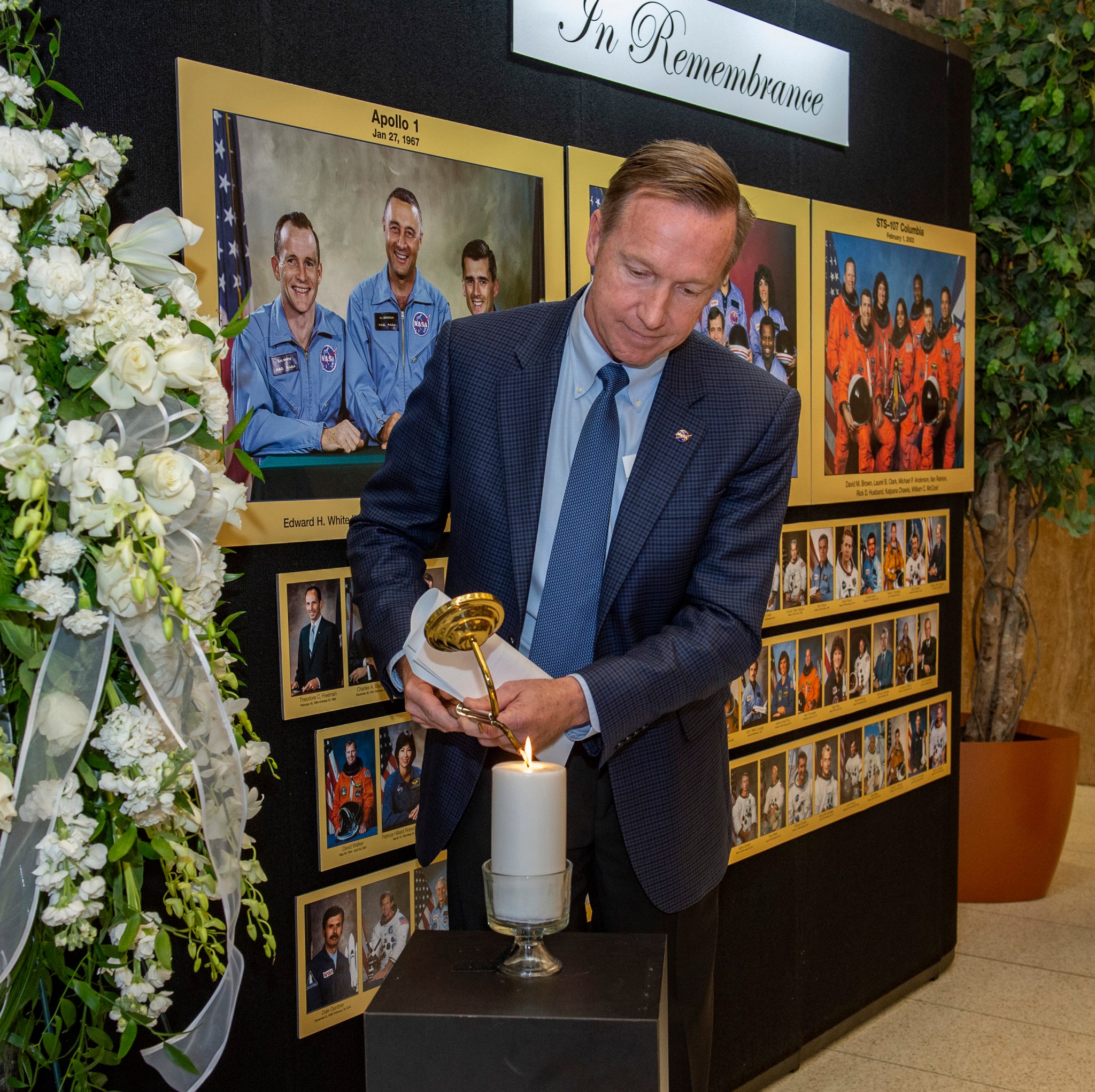
Steve Miley, associate director of NASA’s Marshall Space Flight Center, lights a memorial candle Jan. 30, honoring the brave explorers who lost their lives in pursuit of humanity’s destiny in space. “It’s important that we celebrate their drive to discover and their passion for space exploration,” Miley told Marshall team members assembled for the ceremony in Building 4200. “It’s up to those who remain to learn and grow from those who have gone before us … as we push on to new heights.” Marshall, along with NASA centers and partner facilities around the country, hold Day of Remembrance ceremonies early each year to recognize its fallen heroes — among them the crews of Apollo 1, lost on Jan. 27, 1967, and space shuttles Challenger STS-51L and Columbia STS-107 on Jan. 28, 1986, and Feb. 1, 2003, respectively. (NASA/Emmett Given)
Chandra Helps Showcase Stellar Explosions in New 3D Visualizations
As one decade ends and another begins, astronomers are exploring ways to combine ingenious techniques with rich datasets from powerful modern telescopes to move from studying objects in two dimensions to studying them in three.
These computer simulations represent an exciting step in that direction. Each of these is a three-dimensional (3D) visualization of an astronomical object based on data from NASA’s Chandra X-ray Observatory and other X-ray observatories. While unable to fly to these distant objects and travel around them, astronomers have used the data they can gather from Chandra and other X-ray observatories to learn about the geometry, velocity, and other physical properties of each of these cosmic sources.
Each of these computer simulations is available to the public on free software that is supported by most platforms and browsers and allows users to interact with and navigate 3D models as they choose. The objects include jets blasting away from infant stars, a star that changes its brightness wildly over time, and some of the most well-known supernova explosions such as Cassiopeia A and SN 1987A. We invite you to explore these cosmic objects like you never have before. Credits: NASA/CXC/SAO
NASA’s Chandra X-ray Observatory, along with other X-ray observatories, has helped scientists develop a new compilation of 3D models of various astronomical objects, including Cassiopeia A, Tycho and U Scorpii. Developed by the National Institute for Astrophysics, the simulations can be navigated using free software that is supported by most platforms and browsers. (NASA)
Marshall Club Day Showcases Center Extracurricular Activities Feb. 11
While taking a break from exploring the universe or testing the most powerful rocket ever built – the Space Launch System — many team members at NASA’s Marshall Space Flight Center unwind through a variety of clubs and teams. Learn more or join these groups Feb. 11 from 11 a.m. to 1 p.m. in the Building 4200 lobby during the center’s annual Club Day.
Nearly a dozen clubs will showcase their activities, from running, bicycling, kickball and tennis to home brewing, slot car racing and more. The event is free to attend, and tacos will be served.
NASA, Lego Collaborate to Deliver International Space Station Builder Set
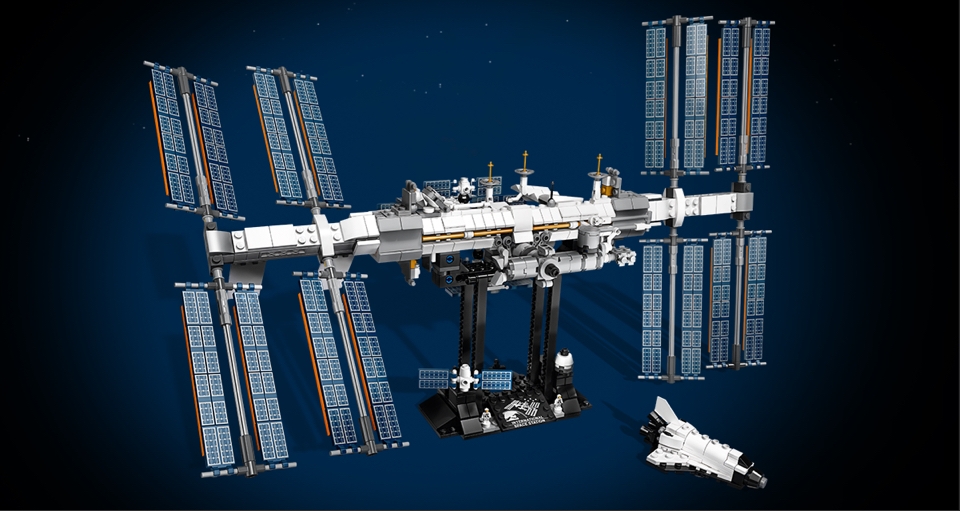
NASA has partnered with the Lego Group to unveil a new International Space Station building set, continuing the agency’s long history of collaboration with Lego on projects that inspire builders of all ages to investigate space exploration and embrace the STEM fields — science, technology, engineering and math. The detailed, 864-piece space station set includes a miniature space shuttle, two astronaut figures, articulating solar panels and an adjustable Canadarm2. Available Feb. 1, it’s the latest in a long line of NASA-themed sets that have fired the imaginations of space enthusiasts from the Apollo era to the Artemis generation. (Lego)
This Week in NASA History: STS-122 Launches to Space Station – Feb. 7, 2008
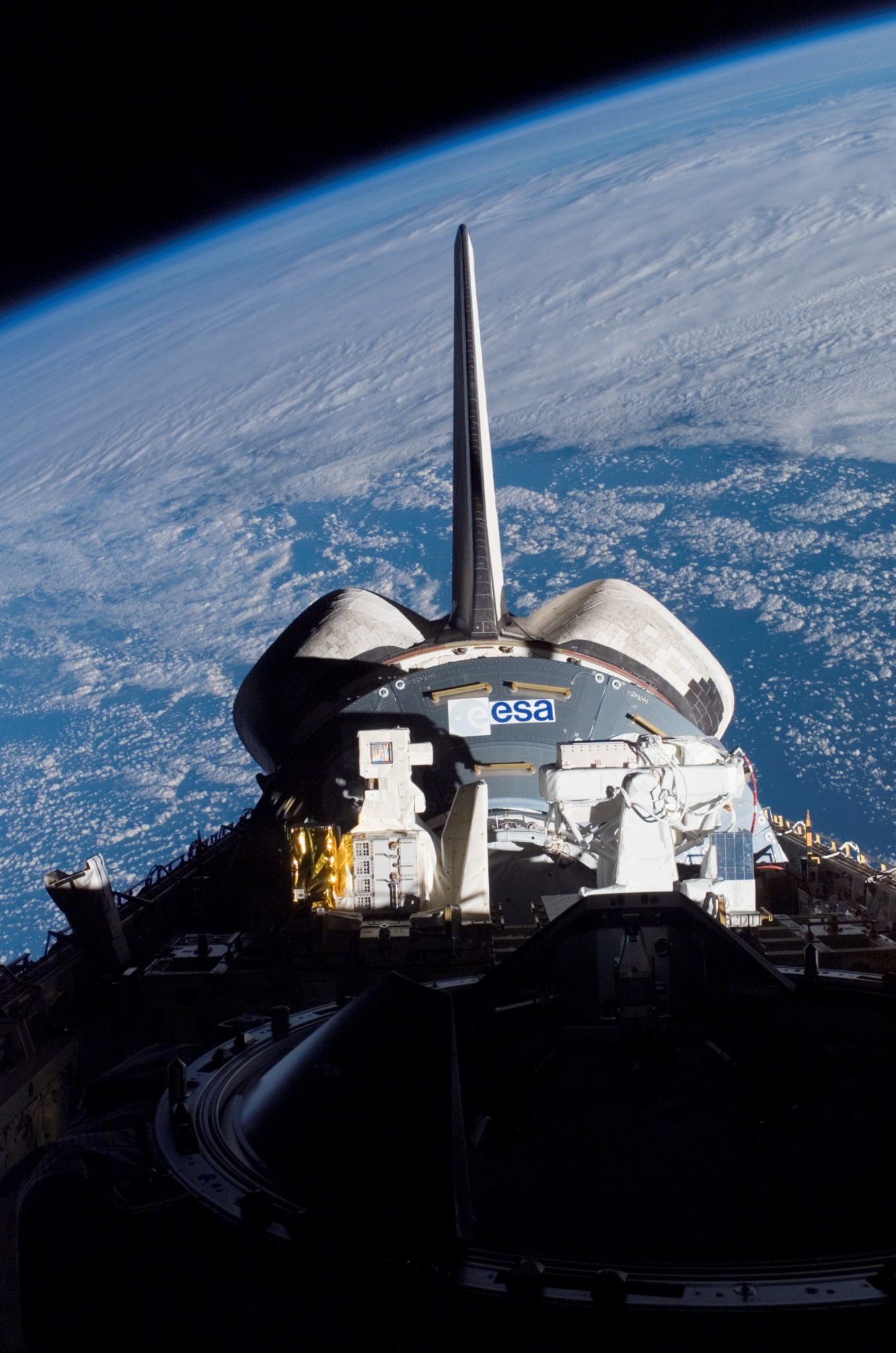
This week in 2008, space shuttle Atlantis, mission STS-122, launched from NASA’s Kennedy Space Center. The primary mission objective was to deliver the European-built Columbus module to the International Space Station. Here, the Columbus module can be seen in the orbiter’s cargo bay. It took three spacewalks and careful coordination of the station and space shuttle robot arms to attach Columbus to the Harmony module. This was the second station segment to be dedicated to research. Today, the Payload Operations Integration Center at NASA’s Marshall Space Flight Center serves as “science central” for the International Space Station, working 24/7, 365 days a year in support of the orbiting laboratory’s science experiments. The NASA History Program is responsible for generating, disseminating and preserving NASA’s remarkable history and providing a comprehensive understanding of the institutional, cultural, social, political, economic, technological and scientific aspects of NASA’s activities in aeronautics and space. For more pictures like this one and to connect to NASA’s history, visit the Marshall History Program’s webpage. (NASA)


























